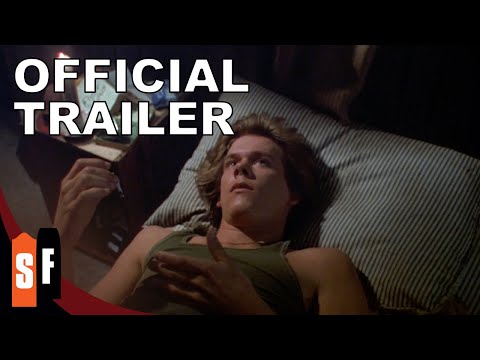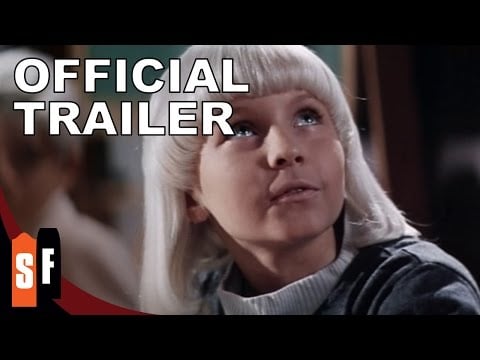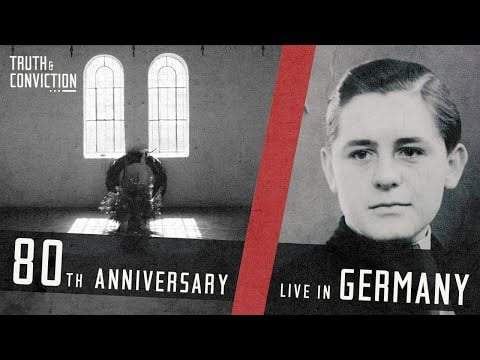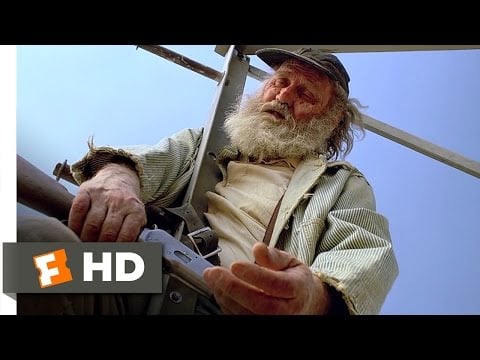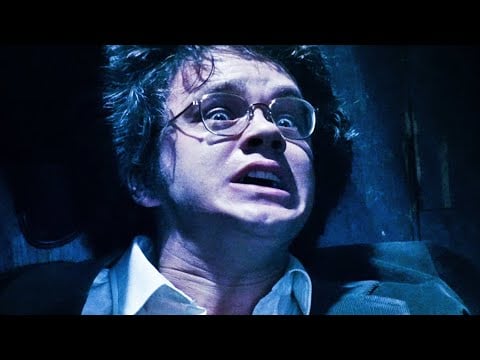“This Too Shall Pass” is a name better suited for a snooty drama than a throwback teen comedy.
It’s your first clue that writer/director Rob Grant has made something different than a “Porky’s”-style affair.
The ’80s teen comedy is remarkably restrained, focusing on a young Mormon’s quest to delay another summer under his father’s thumb. It’s agreeable and sweet, filled with the kind of angst sure to make audiences wince.
Those adolescent memories never fade, but Grant and co. recall them with heart and humor. Adjust your expectations, and “This Too Shall Pass” becomes one of the year’s most pleasant surprises.

Young, conflicted Simon (Maxwell Jenkins) lives under the strict rules of his Mormon family in their Syracuse, N.Y. home. He’s a good kid who just pines to be bad, if only for a spell.
So he impulsively follows a pretty girl to Ottawa where she’ll be spending the summer.
Simon brings his loyal troupe of friends for a trip that starts off on the wrong foot and only gets worse.
- Barfights
- Scary motels
- Rejection on steroids
- Misunderstandings
- Robberies
You name it, and it goes south for the lads … until they meet some Canadian girls curious about their southern neighbors.
It’s all captured from the back seat of a cop car. A bloodied Simon narrates the story with a dash of fourth wall demolition.
A tip of the cap to Ferris Bueller? You bet.
“This Too Shall Pass” makes frequent references to ’80s comedies, a running gag that doesn’t overstay its welcome. Nor does the film go overboard with Reagan-era kitsch, although we get some groovy, decade-appropriate needle drops.
Screened “This Too Shall Pass” tonight.
The story of a 1980s Mormon teenaged boy who resists his lifestyle & strikes out one night with his friends. 80s music, John Hughes references – wow.
As my kid said: “Jeez Dad, whoever gave you this had clairvoyance.”
Watch for my review. pic.twitter.com/VB1aI6HEjM— ‘CAPTAIN’ J. KIRK (@capjkkirk) October 18, 2025
One big possible error? The film is set in the late 1980s, but 1989’s “Say Anything” plays a prominent role in the plot. We’ll assume the story’s precise time period is post April 14, 1989 – that film’s theatrical release date.
Jenkins plays Simon with his beating heart on his sleeve. He’s aching to be like every other kid, but each time he tries he feels like a duckling taking its first, tentative steps. The actor’s emotionally naked turn is balanced by his on-screen chums.
That includes Tim (Ben Cockell), who sports Robert Smith’s eye mascara and a dour disposition. James (Jaylin Webb) is the group’s happy-go-lucky type, and his black skin allows the screenplay to touch on race without overdoing it.
Grant’s screenplay flirts with the social issues many ’80s era films ducked, but it does so in a way that doesn’t kills the story’s sweet momentum. No lectures? Phew.
Even better is a possible love connection between Simon and a streetwise Misty (Katie Douglas, “Clown in a Cornfield”).
Grant’s story seems predictable on the surface, but every time we get comfortable, the narrative hits a speed bump. It’s enough to keep audiences on their toes and remind us that teen sex comedies can take any direction they please.
Some, like “This Too Shall Pass,” are all the better for those creative detours.
HiT or Miss: “This Too Shall Pass” isn’t your Daddy’s teen sex comedy. It’s a fresh take on a genre that needed a facelift.
The post ‘This Too Shall Pass’ Is Unlike Most Teen Comedies appeared first on Hollywood in Toto.
from Movies - Hollywood in Toto https://ift.tt/7AGioOh



